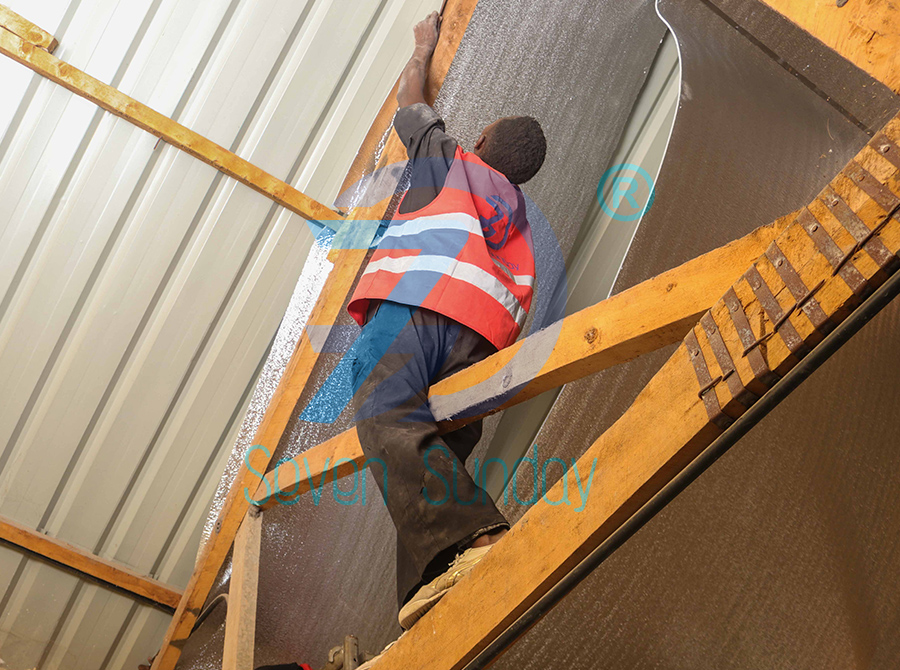Benefits of Flat Roof Insulation Materials
The importance of flat roof insulation material in Kenya, or any other location, cannot be overstated. Insulating flat roofs in Kenya offers several significant benefits, considering the local climate, energy costs, and building practices. Here’s why flat roof insulation is crucial in Kenya:
Importance of Flat Roof Insulation Materials in Kenya
Thermal Comfort and Energy Efficiency
Kenya has a tropical climate with warm to hot temperatures throughout the year. Insulating a flat roof helps regulate indoor temperatures by reducing heat gain from the sun. This means that during the hot seasons, the interior of the building remains cooler, reducing the need for excessive air conditioning and improving overall occupant comfort. In colder seasons, insulation retains indoor heat, leading to lower heating requirements. As a result, occupants can enjoy a comfortable environment while saving on energy bills.
Energy Cost Savings
With rising energy costs, efficient insulation becomes a key strategy for reducing energy consumption. Properly insulated flat roofs can significantly cut down on the need for mechanical cooling and heating, leading to substantial cost savings on utility bills over the lifespan of the building.
Moisture and Condensation Control
Flat roof Insulation material also acts as a barrier against moisture infiltration and condensation. In a tropical climate like Kenya’s, where humidity levels can be high, preventing moisture-related issues is essential to protect the integrity of the building and the health of its occupants. Insulation helps mitigate the risk of mold growth, rot, and damage to structural elements.
Roof Longevity
Insulation can extend the lifespan of roofing materials by reducing the stress caused by temperature fluctuations. It helps minimize thermal expansion and contraction which can lead to cracks and other forms of damage.
Environmental Impact
By reducing energy consumption, flat roof insulation material contributes to a lower carbon footprint. It aligns with sustainable building practices by conserving resources and decreasing greenhouse gas emissions associated with energy production.
Regulatory Compliance and Green Building Certification
Many building codes and standards emphasize energy efficiency and insulation requirements. Using proper insulation materials and techniques is often necessary to meet these regulations. Additionally, incorporating insulation can contribute to achieving green building certifications, demonstrating the project’s commitment to environmental responsibility.
Acoustic Benefits
Insulation materials can also provide soundproofing benefits, reducing exterior noise infiltration and creating a quieter indoor environment.
Property Value
Energy-efficient buildings with proper insulation tend to have higher resale values and are more attractive to potential buyers or tenants.
Interior Design and Space Utilization
Adequate insulation allows for more comfortable and usable interior spaces, as extreme temperatures and humidity fluctuations are better controlled.
Conclusion
When selecting insulation materials for flat roofs in Kenya, it’s important to consider factors such as the R-value (thermal resistance), moisture resistance, local availability of materials, cost-effectiveness, and the specific requirements of the building design. It is also crucial to consult insulation material experts like us to help you determine the most suitable insulation solution for a given project in Kenya’s climate.
Read More: How to identify high-quality sound insulation material


